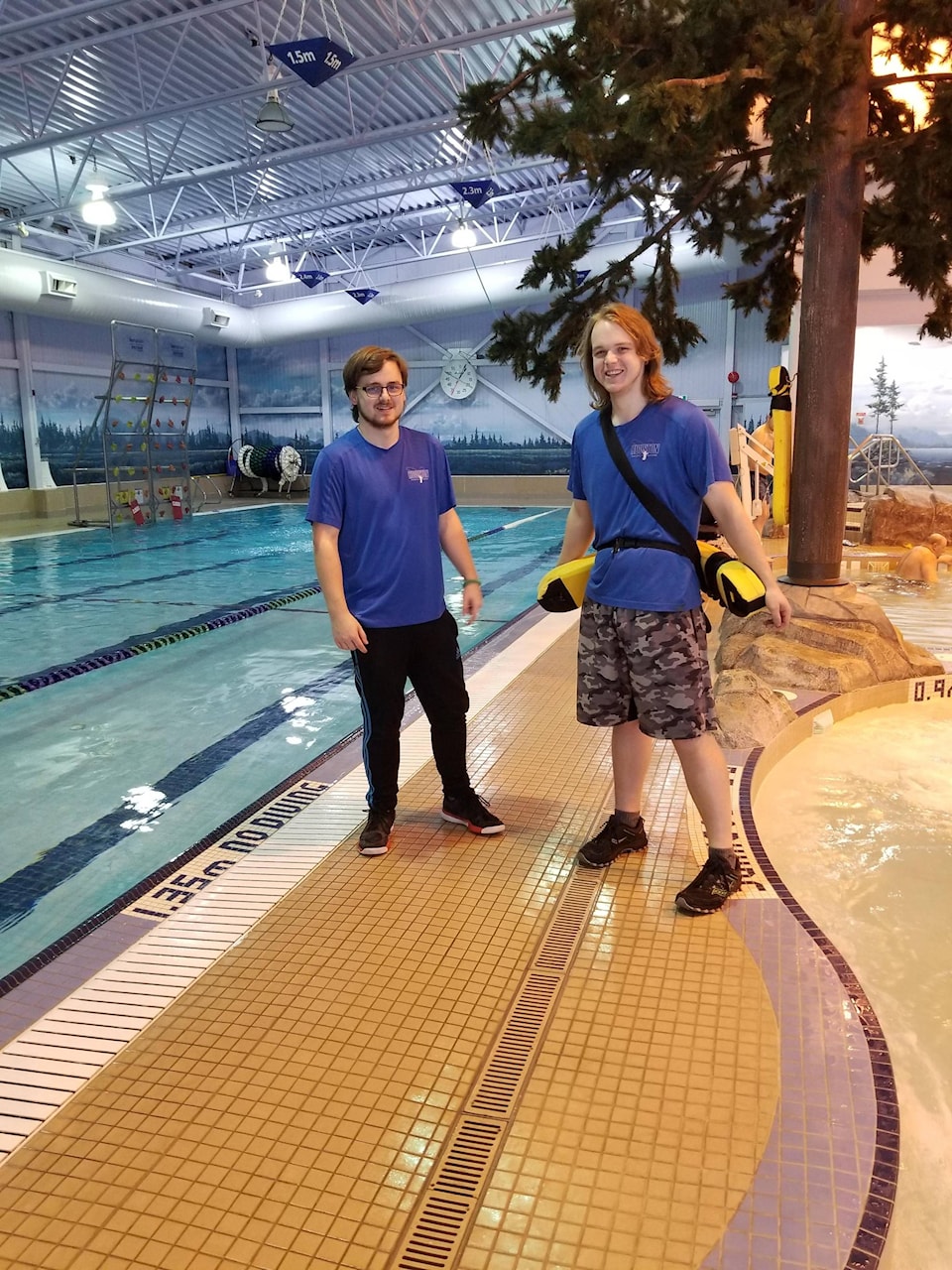District of Houston leisure services director Tasha Kelly is about to revive her quest to hire and retain lifeguards.
A plan to do so was ready to be launched last year in response to a continual shortage but when the COVID—19 pandemic struck, demand was reduced when leisure services activities were strictly curtained.
“We have been lucky to get away with the staff we have, and as we haven’t had a chance to offer swim lessons (require additional COVID protocol) it has eased the restraints on staffing requirements,” said Kelly last week.
A few lifeguards, who were also university students, stayed in town and took their courses virtually, meaning they could still work at the centre.
Houston, as with other small towns, has had a challenge in finding and retaining lifeguards because of a small population pool of younger people.
Kelly said older teens traditionally only work for two years because of other commitments and so a constant workforce refreshing is needed.
That two years can often start when a person turns 15, the minimum age requirement to become a lifeguard. It means the students work until they graduate from high school and then typically leave for post secondary education or training.
One part of Kelly’s plan is to help a student pay the approximate $2,000 it costs to become trained and certified as a lifeguard.
In return for that financial assistance and upon successful completion of the training program, the person will be offered employment and must stay for two years. Leaving earlier means the person will have to repay fees on a pro-rated basis.
Training can take upwards of six to eight months and requirements include public speaking and physical ability.
